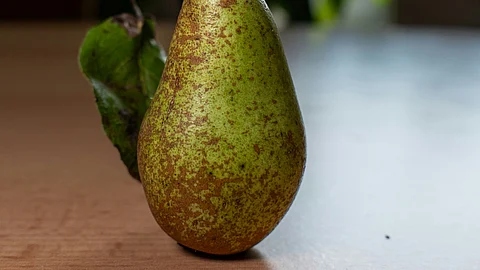Russet skin in pears not only contributes to a distinctive appearance but also plays a role in defense against environmental stress. This brownish pigmentation is largely driven by the accumulation of lignin—a structural compound in plant cell walls. While the pathway of lignin biosynthesis has been partially characterized in other species, the regulatory network governing russet formation in pear fruits remains poorly understood. Transcription factors, such as those in the WRKY family, are known to modulate lignin-related genes in other plants, but their precise roles in pears have been unclear. Due to these challenges, a deeper exploration into lignin regulation and skin pigmentation in pear fruits is needed.
A research team from Qingdao Agricultural University has identified the transcription factor PbWRKY24 as a critical regulator of russet skin formation in pear fruits. The study (DOI: 10.1093/hr/uhae300), published on October 18, 2024, in Horticulture Research, combined transcriptomic analysis, gene co-expression networks, and functional assays to uncover how PbWRKY24 enhances lignin accumulation. By directly activating the PbPRX4 gene, this regulator promotes the production of lignin, resulting in the russet pigmentation. This The identification of PbWRKY24 as a key regulator of lignin accumulation in pear skin has several practical applications. Russet skin is associated with enhanced tolerance to biotic and abiotic stress, making it a desirable trait in some breeding programs. By manipulating the expression of PbWRKY24 or its downstream target PbPRX4, researchers and breeders could fine-tune fruit appearance and improve durability during storage and transport. The work also provides a blueprint for studying similar pigmentation and lignification processes in other fruit crops, offering broader implications for horticultural trait improvement. provides new genetic targets for breeding pears with improved resilience and appearance.


